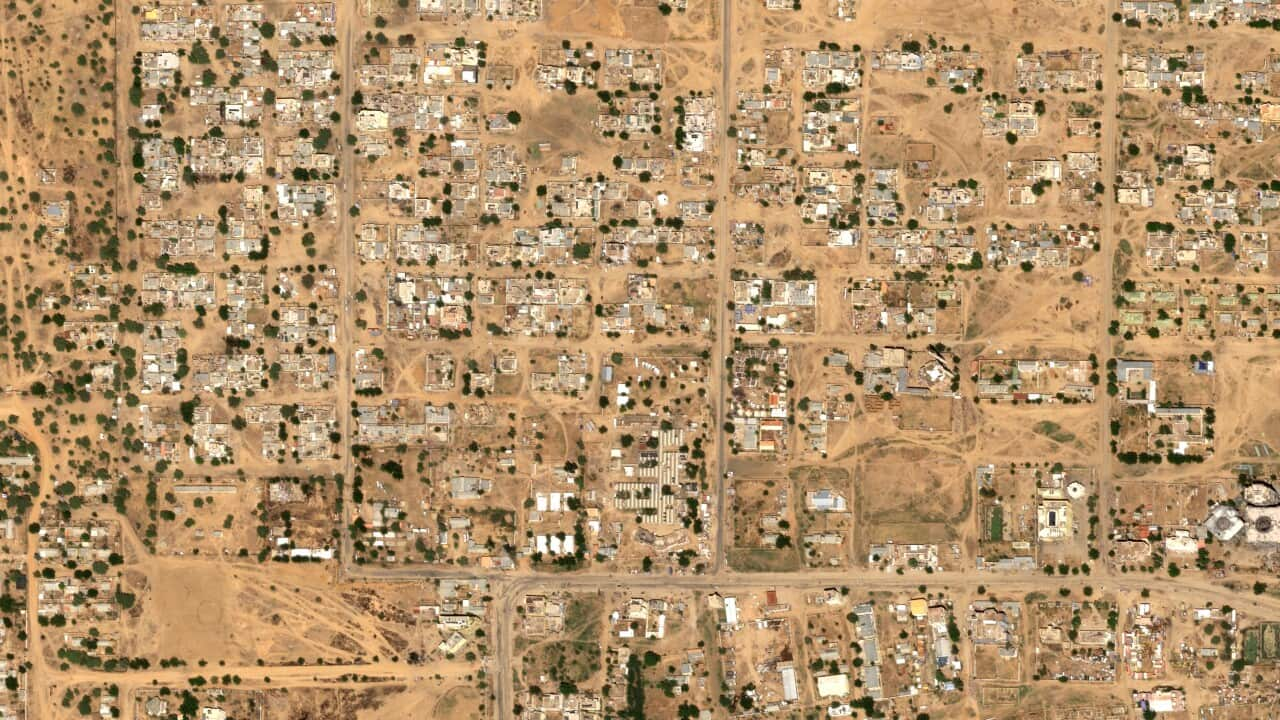
'Rwanda-level': Fears of mass killings as thousands trapped in Sudan's al-Fashir
After an 18-month siege marked by starvation and bombardment, the city is now under the control of the Rapid Support Forces (RSF) — descendants of the Janjaweed militias accused of genocide two decades ago. The paramilitary group, locked in a brutal war with the army since April 2023, launched a final assault on the city in recent days, seizing the army's last positions. The army has also been accused of war crimes. In the neighbouring region of North Kordofan, the International Federation of Red Cross and Red Crescent said five Sudanese Red Crescent volunteers had been killed in Bara, and three others were missing after the RSF took control of the town over the weekend. For many, al-Fashir's fall revives memories of the 2000s, when the Janjaweed razed villages and killed hundreds of thousands in what is believed to be one of the worst genocides of the 21st century. But this time, the atrocities are not hidden. The army-aligned foreign ministry said the crimes were "shamelessly documented by the perpetrators themselves". Since the city's fall on Sunday, RSF fighters have shared videos reportedly showing executions and abuse of civilians. An RSF-led coalition said on Tuesday it would form a committee to verify the authenticity of videos and allegations, adding that many of the videos are "fabricated" by the army. The United Nations warned of "ethnically motivated violations and atrocities" while the African Union condemned "escalating violence" and "alleged war crimes". Pro-democracy groups described "the worst violence and ethnic cleansing" since Sunday as the army-allied Joint Forces accused the RSF of killing over 2,000 civilians. The UN said more than 26,000 fled al-Fashir in just two days, most on foot towards Tawila, 70 kilometres west. Nathaniel Raymond, a United States war investigator and executive director of Yale University's Humanitarian Research Lab (HRL), said: "We're watching Rwanda-level mass extermination of people who are trapped inside." In 1994, during the genocide in Rwanda, an estimated 800,000 people, mainly ethnic Tutsis, were killed in one of the 20th century's worst atrocities. "The level, speed and totality of violence in Darfur is unlike anything I've seen," Raymond, who has been documenting war crimes across the world over the past 25 years, said. Around 177,000 civilians remain trapped in al-Fashir, according to the UN's migration agency, after the RSF built a 56km earthen berm sealing off food, medicine and escape routes. One clip on Monday appeared to show corpses beside burnt-out cars. Another appeared to show an RSF gunman firing into a crowd of civilians — identified by the Agence France-Presse news agency as a notorious fighter known from execution videos on his TikTok account, where he boasts of killings in newly captured areas. Pro-democracy activists also accused the RSF of executing all wounded people receiving treatment at the Saudi Hospital in al-Fashir. Satellite analysis by Yale's HRL revealed door-to-door killings, mass graves, red patches and bodies visible on the city's berm, consistent with eyewitness accounts. "We think those red patches are blood pools from bodies bleeding out," said Raymond, describing imagery showing "objects consistent with human bodies" and trenches filled with corpses. The war has killed tens of thousands, displaced millions, and triggered the world's largest displacement and hunger crisis. download our app subscribe to our newsletter</b